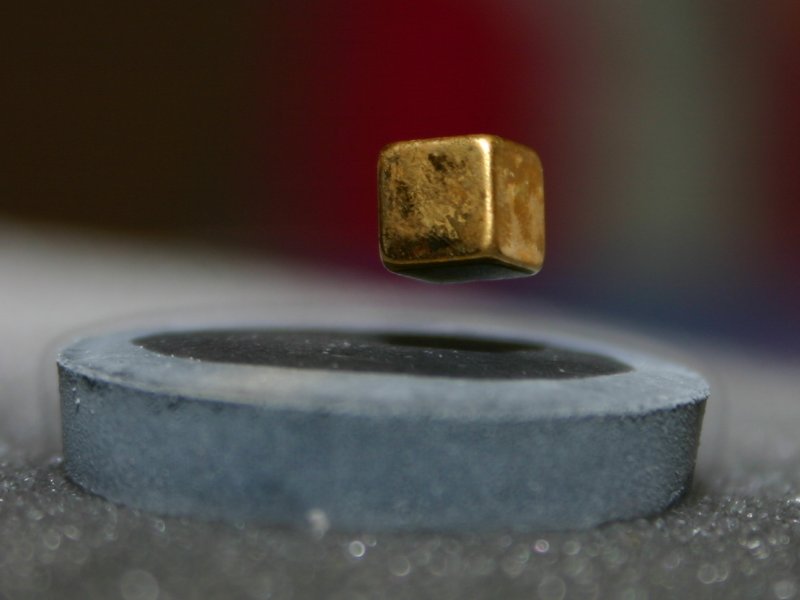Media release
From:
Journal/
conference: Science
conference: Science
Research:Paper
Organisation/s:
MacDiarmid Institute, Max Planck Institute, Germany; University of St Andrews, UK; University of Wisconsin-Milwaukee, USA; Technische Universität München, Germany
Funder:
We acknowledge funding from the Physics of Quantum Materials department and the research group “Physics of Unconventional Metals and Superconductors (PUMAS)”of the Max Planck Society. C.G. and E.H. acknowledge support from the German Science Foundation (DFG) throughgrant GE 602/4-1 Fermi-NESt. P.M.R.B. was supported by the Marsden Fund Council from Government funding, managed byRoyal Society Te Apārangi. R.K. is supported by the DFG throughproject. no. KU 3287/1-1. D.F.A. was supported by the US Department of Energy, Office of Basic Energy Sciences, Divisionof Materials Sciences and Engineering, under award DE-SC0021971. The research environment in Dresden benefits fromthe DFG Excellence Cluster Complexity and Topology in Quantum Matter (ct.qmat)



 New Zealand; International
New Zealand; International


